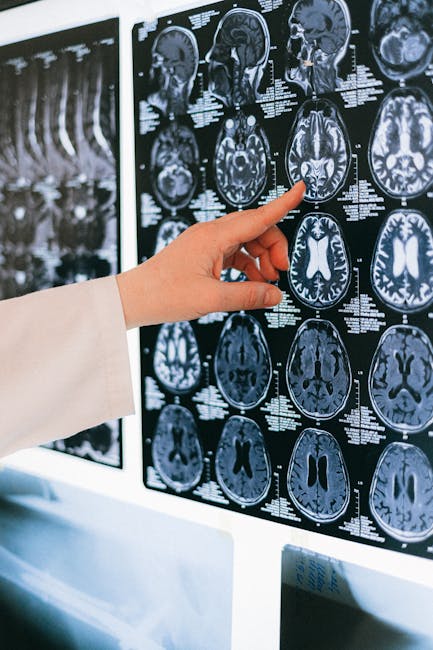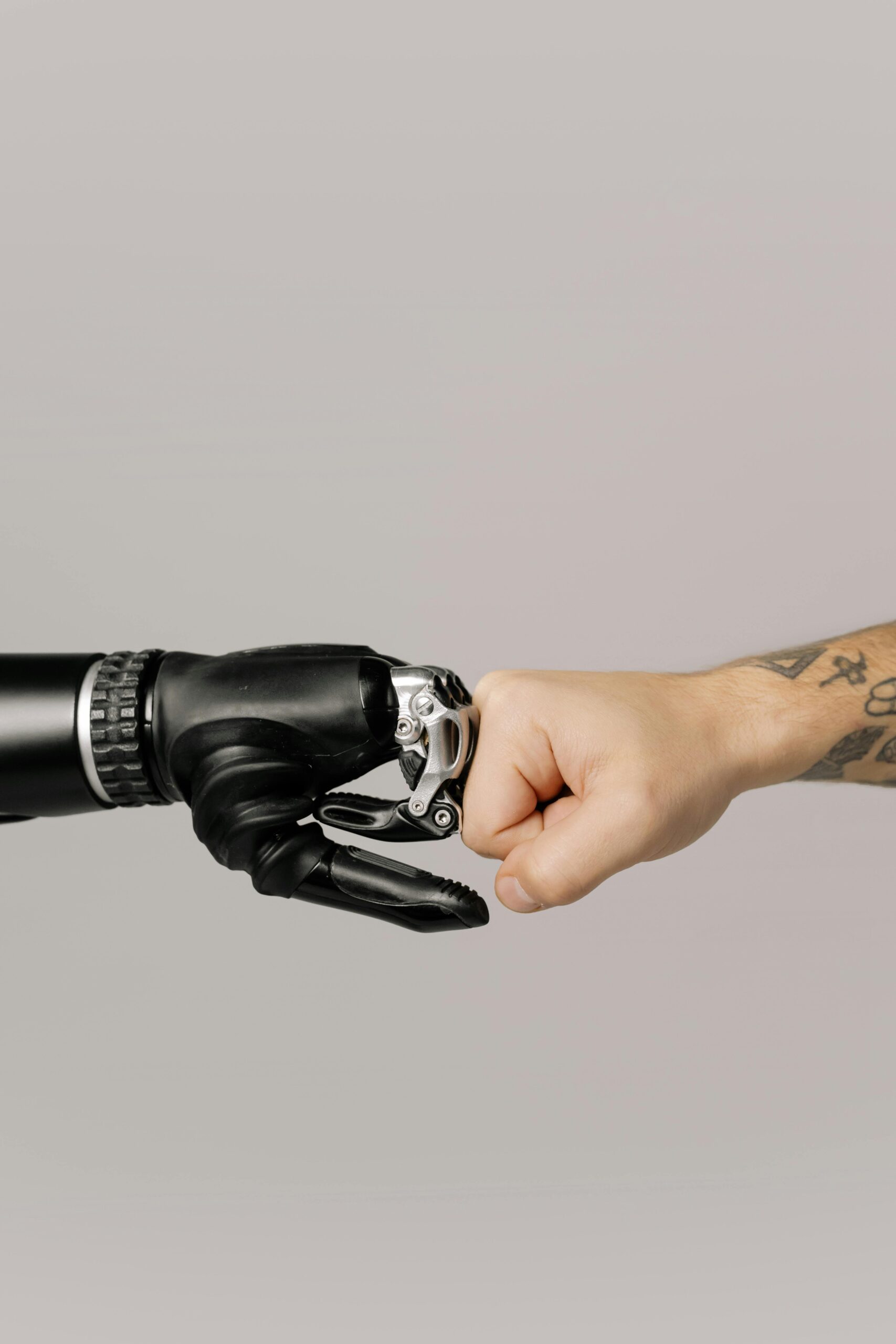The human brain, a marvel of biological engineering, remains one of the most complex and enigmatic systems in the known universe. For decades, neuroscientists have toiled to unravel its mysteries, facing daunting challenges in decoding its signals and understanding its intricate workings. Recently, a powerful new tool has emerged, transforming the landscape of neuroscience and offering unprecedented opportunities for insight: advanced computational models. This article explores how these sophisticated tools are reshaping our ability to understand, simulate, and even influence brain activity, opening new frontiers in medicine, technology, and our very understanding of what it means to be human.
A New Era in Neuroscience: The Intersection of Computation and Biology
Traditionally, researchers relied on painstaking manual analysis of brain recordings and imaging data. While this approach yielded valuable insights, it was inherently limited by human capacity. The advent of artificial intelligence, particularly deep learning, has changed everything. These computational models, trained on vast datasets of neural information, can identify patterns and relationships that would be virtually impossible for humans to discern. This capability is ushering in a new era of discovery, accelerating progress in a multitude of areas, from mapping complex neural circuits to developing innovative therapies for neurological disorders.
Decoding the Brain’s Language: Artificial Intelligence and Neural Data
The core of this revolution lies in the ability of AI models to decode brain activity. By analyzing electrical signals, researchers are beginning to predict what a person is seeing, hearing, or even intending to do. Imagine a system that can reconstruct a visual image solely from the activity of neurons – this is no longer science fiction. Early experiments have demonstrated remarkable success in this area, revealing that it’s possible to “read” the mind at a rudimentary level by interpreting brain signals. These models essentially learn the statistical relationships between neural activity and observable behavior, providing a window into the brain’s internal representations.
Reconstructing Visual Experiences
A groundbreaking example of this capability involves reconstructing images seen by test subjects. By training AI algorithms on recordings of brain activity while subjects viewed specific images, researchers can now, with increasing accuracy, recreate those images based solely on the patterns of neural firing. While the reconstructions aren’t perfect, the demonstration powerfully illustrates the potential to decode visual experience from brain activity. This capability has profound implications for understanding how the brain represents the world around us.
Mapping the Brain’s Intricate Networks
The brain isn’t a monolithic entity; it’s a dense and intricate network of interconnected neurons. Mapping these circuits—tracing the paths of individual neurons and understanding how different brain regions communicate—has been a long-standing challenge. AI is now proving instrumental in tackling this challenge, offering the ability to process massive volumes of imaging data and unravel the complex architecture of the brain. This is particularly crucial in understanding how thoughts, memories, and behaviors are encoded, and how disruptions in these networks can lead to disease. This work allows neuroscientists to visualize and understand the flow of information within the brain in unprecedented detail.
Unveiling the Role of Specific Brain Regions
Traditionally, mapping brain circuits relied on laborious techniques, often providing only a fragmented view. AI algorithms can analyze complex datasets from various imaging modalities – from diffusion tensor imaging (DTI) that tracks the white matter tracts to functional MRI (fMRI) that measures brain activity – to build comprehensive maps of neural connections. These maps are invaluable for identifying the roles of specific brain regions in cognitive processes and for understanding how damage or disease impacts those connections.
Brain-Computer Interfaces: Bridging the Gap Between Mind and Machine
Perhaps the most compelling application of AI in neuroscience is the development of brain-computer interfaces (BCIs). These systems use AI to interpret neural signals and translate them into actions, offering the potential to restore lost functions or enhance human capabilities. Early BCIs were clunky and unreliable, but advances in AI have dramatically improved their accuracy and responsiveness. These systems are no longer just a theoretical possibility; they are becoming a reality for individuals with paralysis and other neurological impairments.
Restoring Movement and Communication
Imagine a paralyzed individual being able to control a robotic limb with their thoughts, type on a virtual keyboard, or even speak through a synthetic voice. This is the promise of AI-driven BCIs. These systems work by decoding the user’s intentions from their brain activity and using that information to control external devices. The integration of AI allows for real-time adaptation to individual brain signals, making the interfaces more intuitive and user-friendly. The ability to translate thought into action opens new avenues for independence and communication for individuals who have lost these capabilities.
Targeted Therapies for Neurological Disorders: A Precision Medicine Approach
Beyond restoring lost functions, AI is also revolutionizing the treatment of neurological disorders. AI models are being used to design targeted therapies for conditions like epilepsy, Parkinson’s disease, and depression. By analyzing brain activity in real-time, AI can help identify the onset of seizures or mood changes and trigger interventions, such as electrical stimulation, to prevent or mitigate symptoms. This closed-loop approach promises more personalized and effective treatments, moving away from one-size-fits-all approaches.
Predictive and Proactive Intervention
Traditional treatments for neurological disorders often rely on reactive interventions, addressing symptoms *after* they appear. AI-powered systems offer the potential for proactive interventions. For example, in epilepsy, AI algorithms can analyze EEG data to predict the onset of a seizure and automatically deliver targeted electrical stimulation to prevent it. Similarly, in depression, AI can monitor brain activity and physiological signals to detect early signs of a mood episode, allowing for timely interventions before symptoms escalate.
Simulating Cognition: Understanding How the Brain Thinks
AI is not only helping us decode the brain; it’s also helping us understand how it works. Researchers are using AI to build computational models that simulate how the brain processes information, learns, and makes decisions. These models not only help explain fundamental aspects of cognition—such as memory, attention, and decision-making—but also guide the development of new AI systems inspired by the brain’s architecture and function. This bidirectional approach—using AI to understand the brain and using insights from the brain to improve AI—is proving to be a powerful catalyst for innovation.
A Source of Inspiration for Artificial Intelligence
The human brain remains the most sophisticated information-processing system known to humankind. By studying its structure and function, researchers are gaining insights into how to build more efficient and adaptable AI systems. For example, the brain’s hierarchical organization, its use of sparse coding, and its ability to learn from limited data are all features that are being incorporated into new AI architectures. This bio-inspired approach promises to overcome some of the limitations of traditional AI models.
Ethical and Societal Considerations: Navigating a New Frontier
The growing ability to decode and influence brain activity raises significant ethical and societal considerations. Issues of privacy, consent, and the potential for misuse are at the forefront as these technologies advance. The potential to “read” someone’s thoughts or to manipulate their behavior raises profound questions about autonomy and freedom. Robust ethical frameworks and public dialogue are crucial to ensure responsible development and deployment of these powerful tools.
Addressing Concerns About Privacy and Autonomy
As brain-computer interfaces become more sophisticated and widely adopted, it’s essential to address concerns about data security and privacy. Who owns the data generated by a brain-computer interface? How can we prevent unauthorized access to this information? Furthermore, there are concerns about the potential for coercion or manipulation through these technologies. Public discussions and the development of clear ethical guidelines are essential to navigate these challenges and ensure that these technologies are used responsibly.
Conclusion: A Future Shaped by the Convergence of Minds and Machines
The integration of artificial intelligence and neuroscience is rapidly transforming our understanding of the brain, opening unprecedented avenues for treatment, enhancement, and scientific discovery. From decoding neural signals to building sophisticated brain-computer interfaces and designing targeted therapies, AI is proving to be an indispensable tool for unraveling the mysteries of the human mind. However, with this power comes responsibility. Careful consideration of the ethical and societal implications is paramount to ensure that these technologies are used for the benefit of humanity, shaping a future where minds and machines work together to unlock the full potential of the human brain.







Leave a Reply
You must be logged in to post a comment.